What would the padel without the windows ? Certainly mini-tennis. The fact of using the bottom panes bring a game more interesting and more shots to our arsenal. In right hit as reverse, here's how to approach the windows.
Not always easy to let the ball pass to let it bounce, but that's how it is, that's the padel. So even if you only let slow balls pass, learn to play balls that come from behind you and progress.
Don't guess
The first big mistake when learning window exits would be guessing where the ball is going to be impacted by your pala. You place yourself and wait, except that unless you have years of experience and a trajectory reading worthy of the best, it doesn't work. Once you find yourself too close to the ball, once too far, then you find yourself impacting behind you in short, nothing square. To avoid this mistake, before making a move, analyze where the ball is coming from and what its trajectory is, then move on to the next step.
Support is the basis
For your window exits to be clean and efficient, you have to accompany the ball, dance with it. Once you have detected its trajectory, you will follow in the same direction, with your foot on the side of the blow you are going to make, forehand or backhand, by taking a step backwards. This first step – there can of course be several – is very important to understand the rebounds on the windows. And to have perfect timing, this step must be taken when the ball also touches the ground.
Prep time
There are no surprises. The sooner you prepare, the more comfortable you will be with the window exit. On the other hand, you will notice that the higher the level of play, the longer the preparation takes. For what ? To simply hide the blow. At an amateur level, is it that important? Up to you.
For right hit, the most effective preparation is done below the level of the belt, tip of the pala facing the glass behind us. The goal being to defend low balls, a low preparation is more suitable. Note: if the ball bounces higher and you want to speed up the game, from a low preparation you will adjust without problem, whereas if you always prepare above the level of the belt, for high balls, no worries, but for low balls, it will be more complicated.
For a backhand, the best preparation would be close to a volley and not a “normal” backhand as this would not be beneficial. Raising the head of the pala “naturally” allows you to play the window exits without forcing.
End of gesture
Finishing forward, always, to put pressure on opponents at the net would be key. Of course, you can't always do this, but as soon as possible, stretch your end stroke in the direction you want to play for perfect forward body accompaniment.
Trying to keep the ball as long as possible in the pala is a sign of control, precision and it will allow you to better play your window exits. THE "bajadas”, which are exits from high attack windows, will be the subject of a future subject.
The final word
Window exits are languorous dances between you and the ball. Take the time to analyze the trajectory to launch this first dance step, accompany, turn if necessary, then let your partner go forward by letting go of his hand as late as possible, as during a painful separation. Let's go!
Julien Bondia is a teacher of padel in Tenerife (Spain). Columnist and advisor, he helps you play better through his tutorials and tactical/technical articles padel.




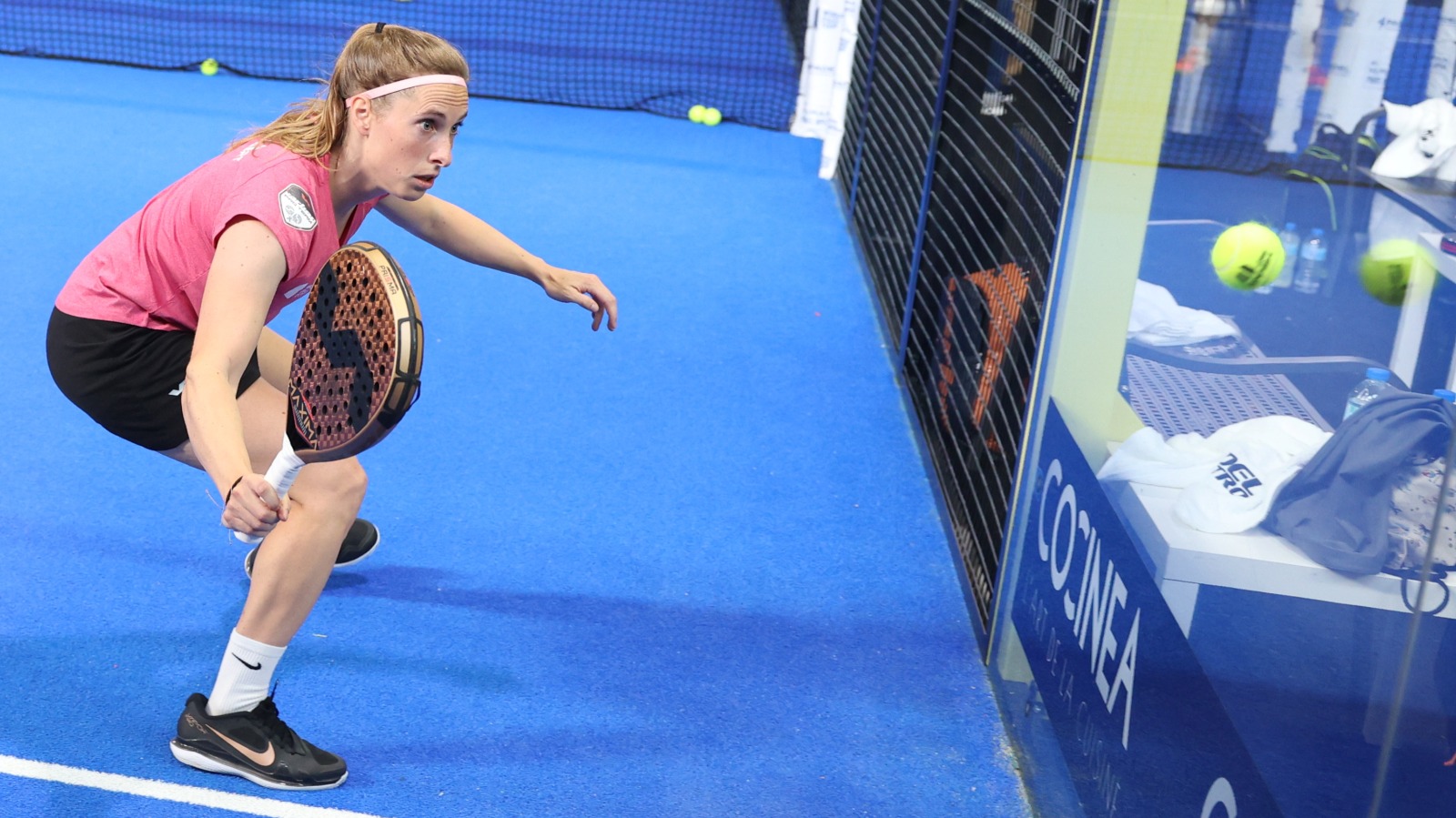
































































































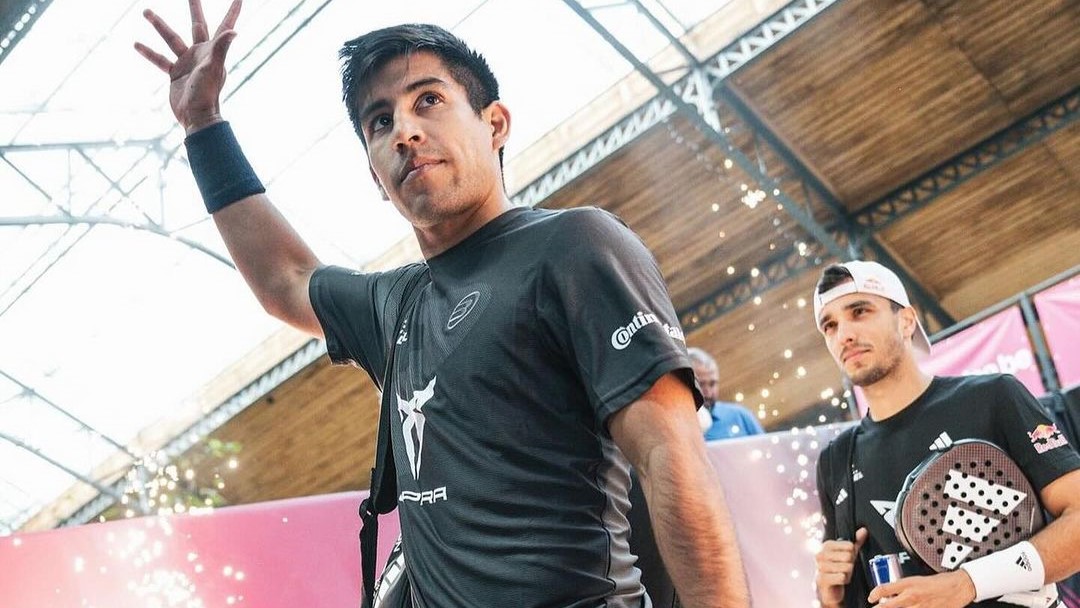 Premier Padel Brussels P2 – “Chingalan” on the way to its second final
Premier Padel Brussels P2 – “Chingalan” on the way to its second final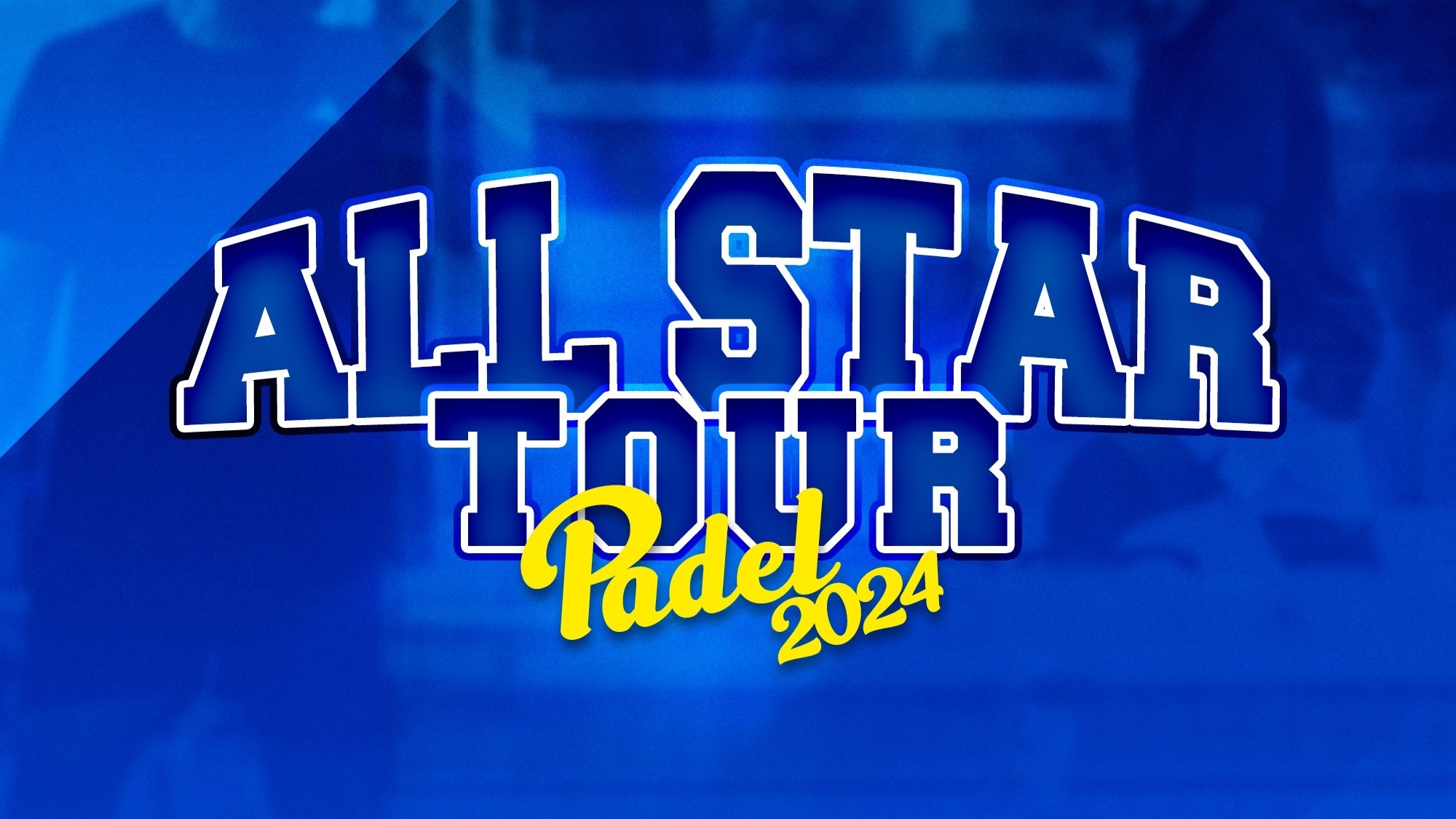 The All Star Tour returns on May 16 at the All In in Lyon
The All Star Tour returns on May 16 at the All In in Lyon Premier Padel Brussels P2 – Gemma Triay and Claudia Fernandez return to the final
Premier Padel Brussels P2 – Gemma Triay and Claudia Fernandez return to the final Guillaume Codron de Sud Padel : “A family project”
Guillaume Codron de Sud Padel : “A family project” Nallé Grinda: “Democratize the padel in the USA with PadelX "
Nallé Grinda: “Democratize the padel in the USA with PadelX " Simon Boissé: “We know that there are two nations in front of us”
Simon Boissé: “We know that there are two nations in front of us” Marie Maligo: “This period of frequent changes of partners was beneficial for me”
Marie Maligo: “This period of frequent changes of partners was beneficial for me” D-7 of the “BetClic Remontada Padel”, at the foot of the Eiffel Tower
D-7 of the “BetClic Remontada Padel”, at the foot of the Eiffel Tower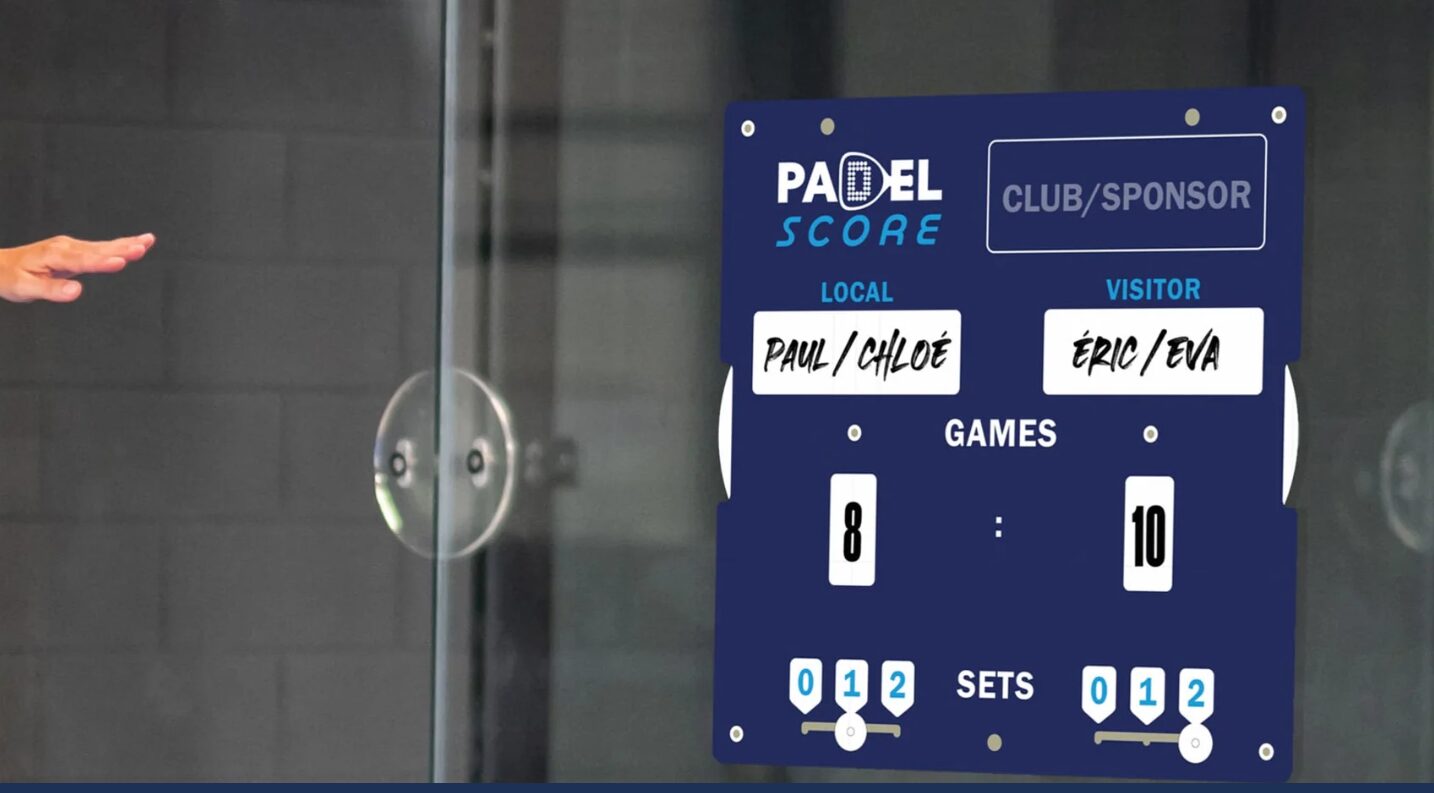 Padel Score: an essential table for keeping score
Padel Score: an essential table for keeping score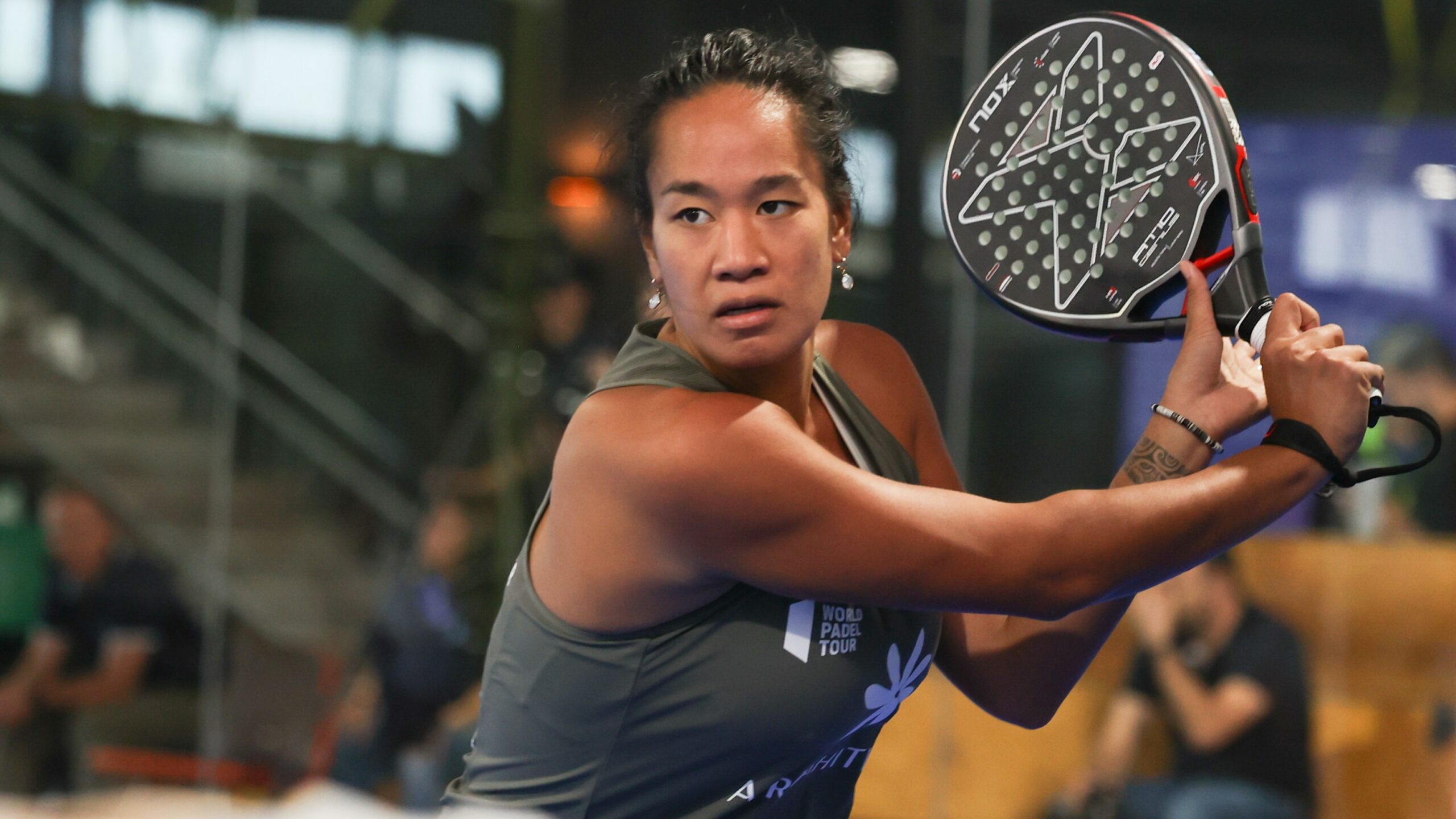 Léa Godallier makes her big return to the slopes this weekend
Léa Godallier makes her big return to the slopes this weekend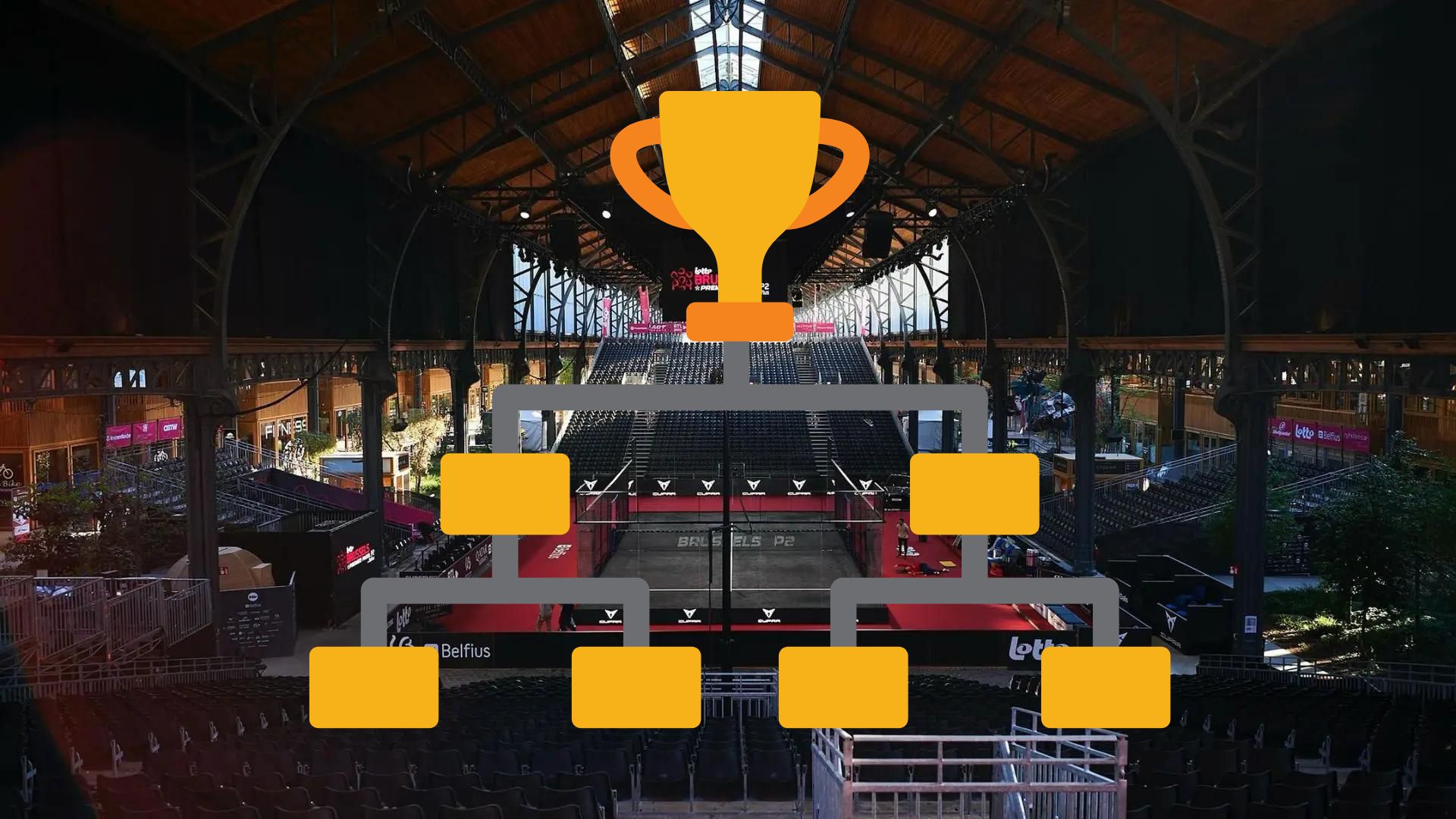 Premier Padel Brussels P2 – Time for the semi-finals!
Premier Padel Brussels P2 – Time for the semi-finals!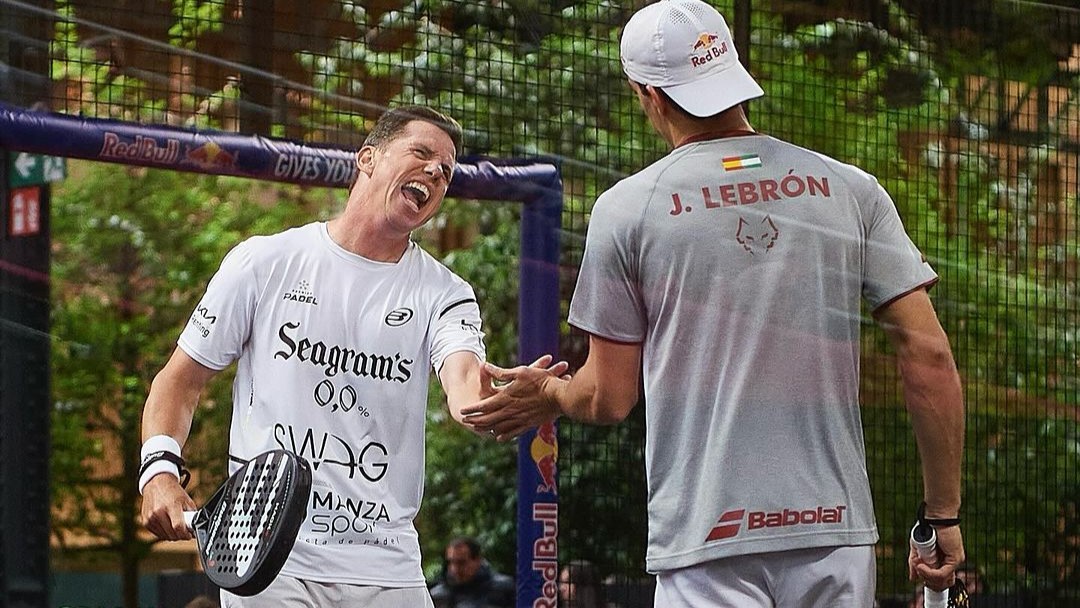 When will Lebron and Paquito split?
When will Lebron and Paquito split?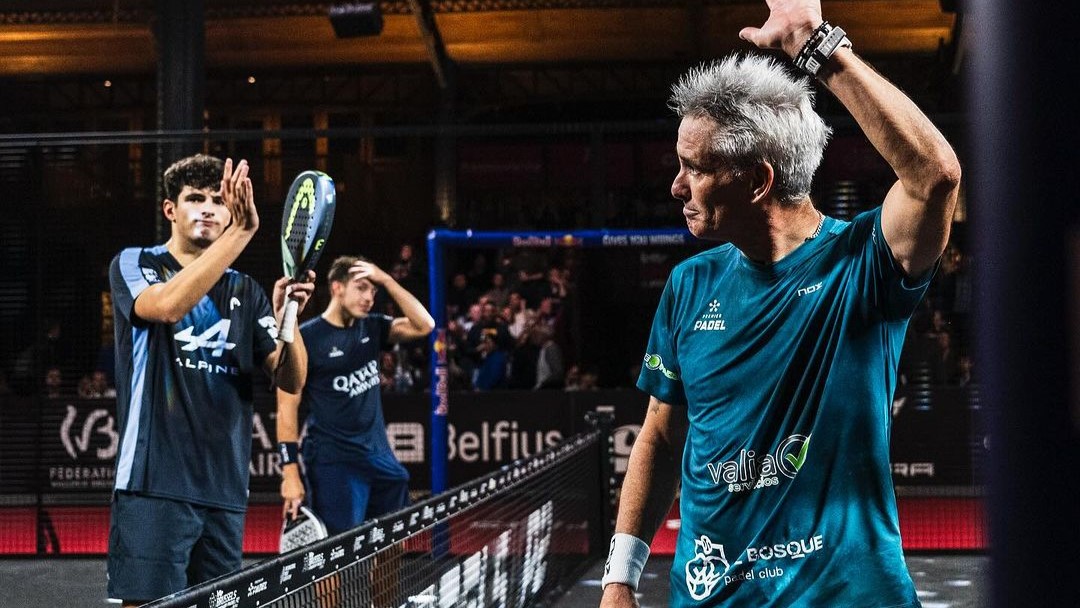 Premier Padel Brussels P2 – Coello and Tapia had to save two match points against Lamperti and Belluati to qualify in the half!
Premier Padel Brussels P2 – Coello and Tapia had to save two match points against Lamperti and Belluati to qualify in the half!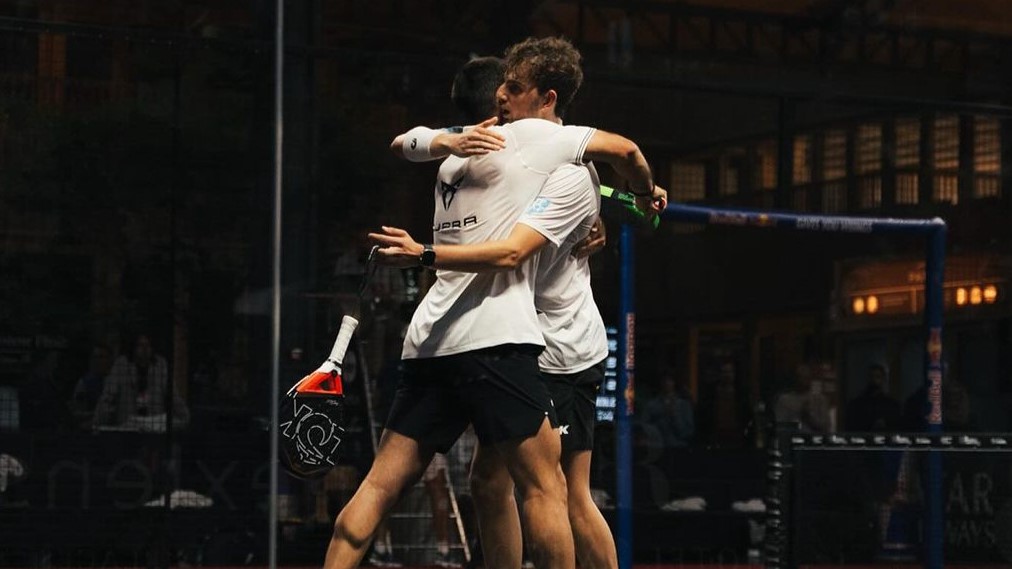 Premier Padel Brussels P2 – Mike Yanguas and Javi Garrido once again take the advantage over Stupa / Di Nenno
Premier Padel Brussels P2 – Mike Yanguas and Javi Garrido once again take the advantage over Stupa / Di Nenno José Manuel Escin at the inauguration of Casa Padel DOS: “Finally, and thank you!”
José Manuel Escin at the inauguration of Casa Padel DOS: “Finally, and thank you!” Padel Score comes to Tahiti for American Express Padel Cup!
Padel Score comes to Tahiti for American Express Padel Cup! Do you know the Rafa Nadal Academy Tour?
Do you know the Rafa Nadal Academy Tour? Play at padel on his yacht? Possible for €233.000!
Play at padel on his yacht? Possible for €233.000! Our Top 10 training courses padel in France and Europe
Our Top 10 training courses padel in France and Europe At the heart of padel – Episode 25: Paul and Andoni answer your questions
At the heart of padel – Episode 25: Paul and Andoni answer your questions Tactical padel – What to do when faced with players who systematically stay at the bottom?
Tactical padel – What to do when faced with players who systematically stay at the bottom? The basic tactics of padel
The basic tactics of padel At the heart of padel – Episode 25: Paul and Andoni answer your questions
At the heart of padel – Episode 25: Paul and Andoni answer your questions At the heart of padel – Episode 23: defend the window well
At the heart of padel – Episode 23: defend the window well Prohibition on playing topless Padel : the reasons
Prohibition on playing topless Padel : the reasons FIP Tour – Going far from Europe, THE strategy to earn points!
FIP Tour – Going far from Europe, THE strategy to earn points! What is a good football player? padel ?
What is a good football player? padel ? “Lefties give me headaches when I play against them!”
“Lefties give me headaches when I play against them!” At the heart of padel – Episode 14: how to earn points in winter?
At the heart of padel – Episode 14: how to earn points in winter? A par 4 is always a winner...even if you manage to defend it!
A par 4 is always a winner...even if you manage to defend it! Carbon fiber VS fiberglass: what to choose?
Carbon fiber VS fiberglass: what to choose? How to effectively test a racket padel ?
How to effectively test a racket padel ? La padel to fight Parkinson's disease
La padel to fight Parkinson's disease Don't play with a cracked or broken racket, your body will thank you!
Don't play with a cracked or broken racket, your body will thank you! Michel Cymes: “The padel, physically, it’s serious!”
Michel Cymes: “The padel, physically, it’s serious!” Jeremy Gala: “Promote the padel among young people in Belgium remains a challenge”
Jeremy Gala: “Promote the padel among young people in Belgium remains a challenge” The French Touch Academy organizes its selection day Padel-Study
The French Touch Academy organizes its selection day Padel-Study Report on the detection and training of younger generations
Report on the detection and training of younger generations
and above all bend your legs, the gaze must be as close as possible to the impact height of the ball, do not lie flat on your stomach… but still very low like Di Nenno or Chingotto the two best defenders from the bottom of the field .